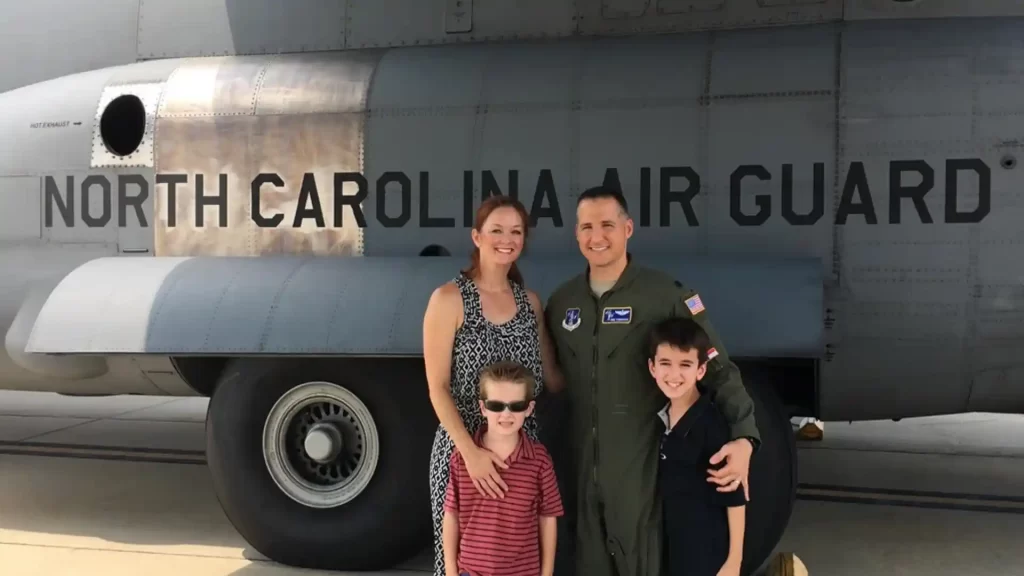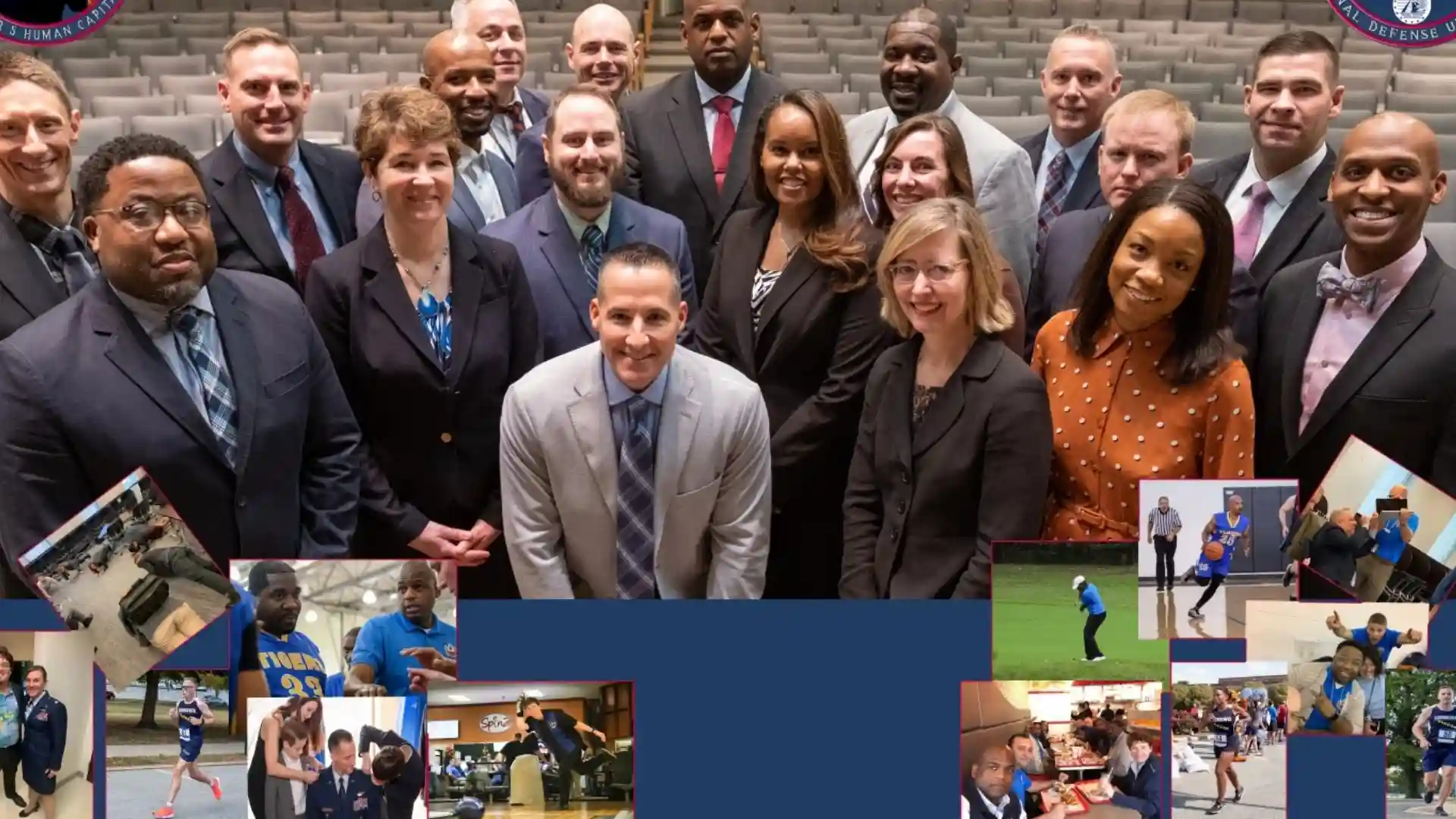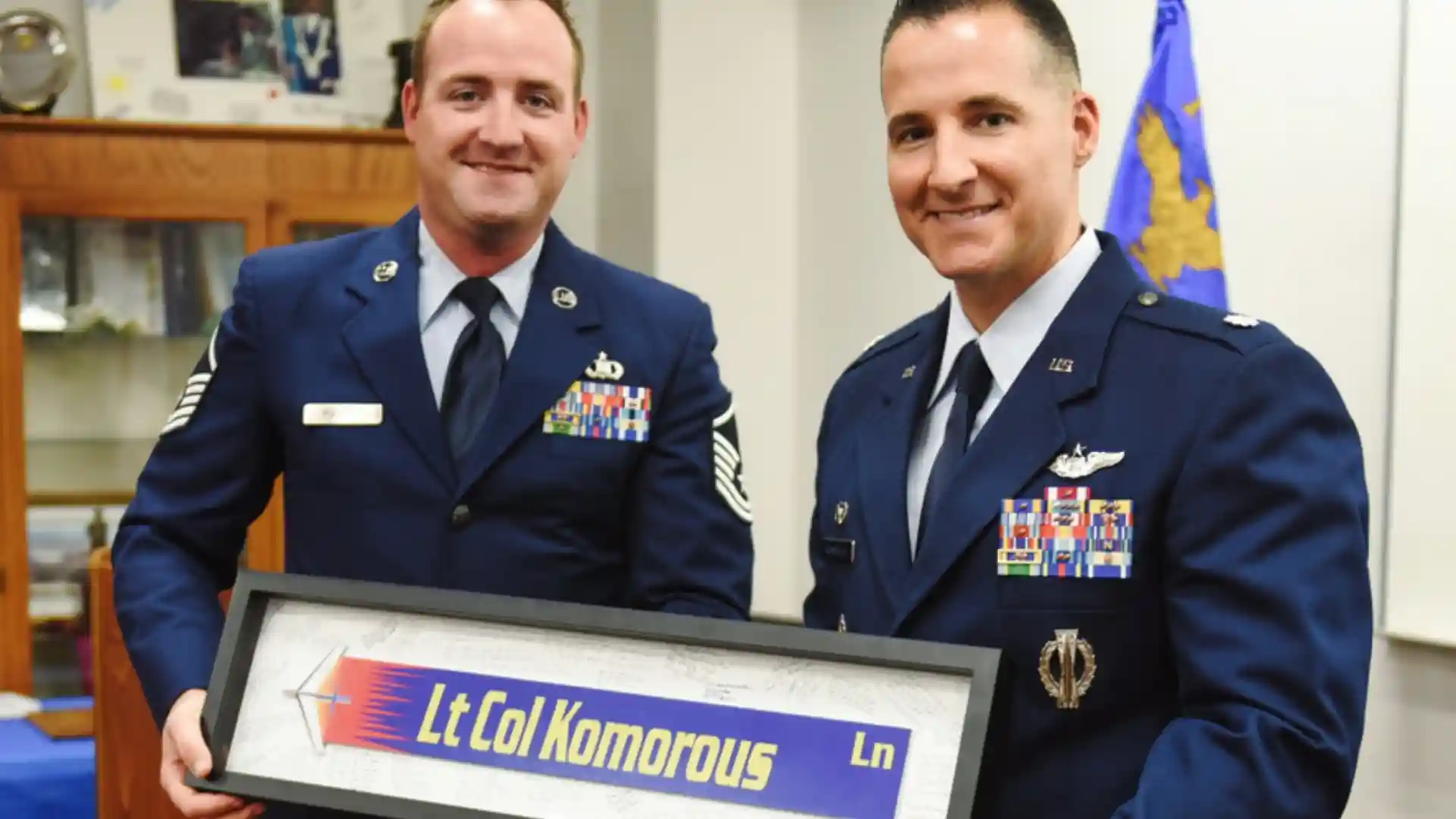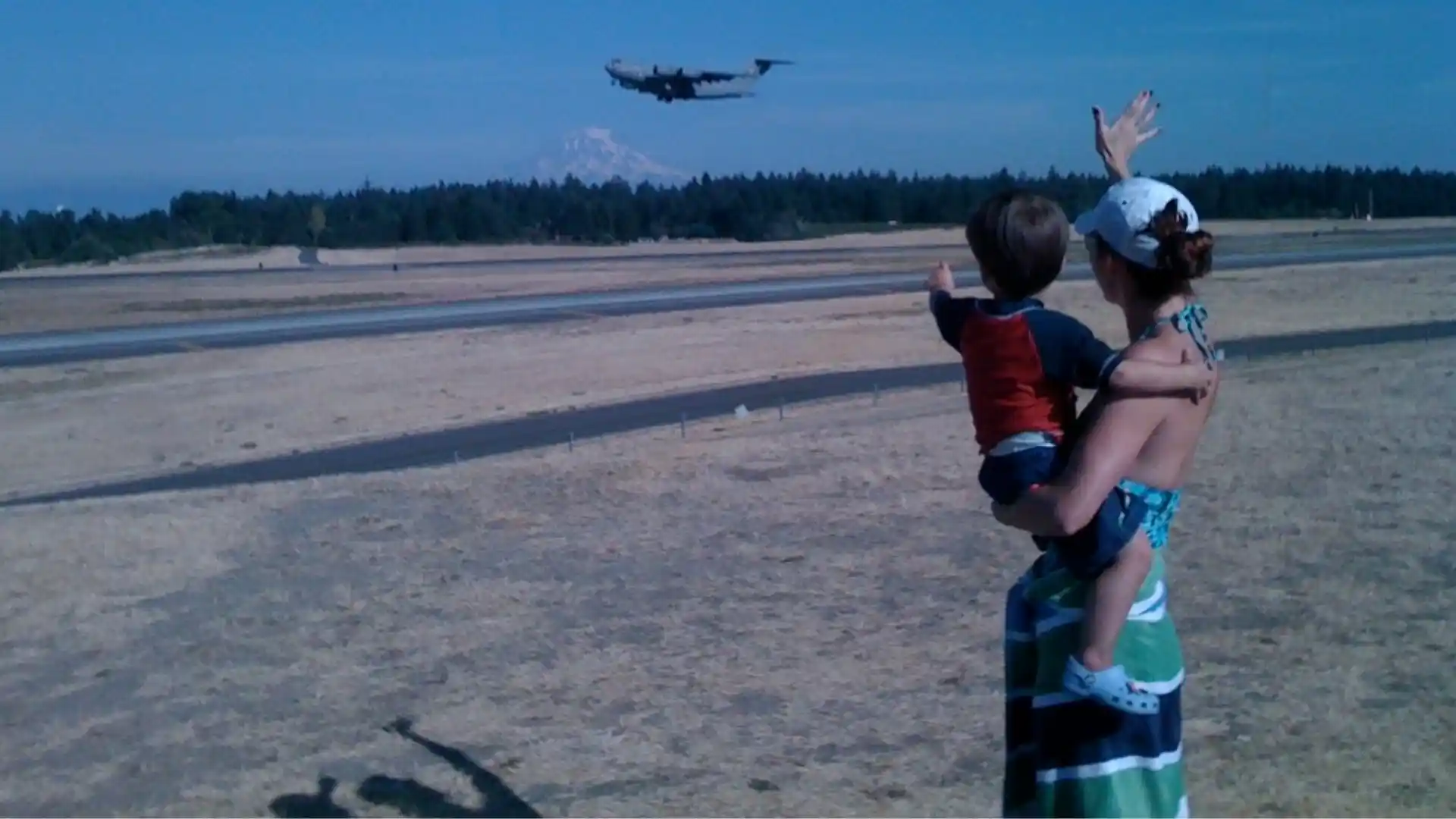Air traffic control might not be the first thing you think of when flying, but it’s one of the most important parts of the aviation world. While pilots get most of the attention, air traffic controllers are the quiet professionals making sure everything runs safely behind the scenes. They guide planes through takeoff, landing, and everything in between.
In this article, I want to take you behind the radar screens and share some incredible real-life stories from the world of air traffic control. These Behind the Tower Stories show you what it’s like on the other side of the radio, full of fast decisions, pressure-filled moments, and acts of quiet heroism. I’ve spoken with a few friends in the field and even had a chance to visit a tower myself. It changed how I see flying forever.
Table of Contents
ToggleWhat is Air Traffic Control?
Air traffic control is all about safety and smooth travel. Ground-based controllers keep planes safe by guiding them on the ground and in the air. Their job is to make sure aircraft don’t get too close and to help pilots at every stage, from taxiing to cruising at 35,000 feet.
Here are the main types of air traffic controllers:
Ground Controllers handle all plane movements on the ground. That includes taxiing and parking.
Tower Controllers manage takeoffs and landings at airports.
Area Controllers track and guide aircraft in the skies near airports.
Enroute Controllers watch over planes on longer journeys, often across big areas.
A few years ago, during a college internship, I got to shadow a tower controller. Watching them move planes like chess pieces while coordinating takeoffs and keeping an eye on weather and spacing was jaw-dropping. It’s not just about rules and checklists; it’s instinct, training, and trust in action.
The Daily Life of an Air Traffic Controller
No two days are the same for a controller. One day might be calm, and the next could bring storms, emergencies, or delays. Still, each day starts with a headset, a radar screen, and full attention.
The Work Environment
Most controllers work in control towers or radar centers. These places are full of tech such as radars, radios, and flight trackers. In big cities, teams work together, each person managing a piece of the puzzle. At smaller airports, one person might do it all.
I spoke with a controller based at a mid-size airport. He said, “You learn to think five steps ahead. You can’t hesitate, not when lives are in your hands.” That mindset shows just how focused and ready these pros are every minute of their shift.
Handling the Stress
This job comes with a lot of pressure. Controllers are responsible for hundreds of lives every shift. Mistakes can’t happen.
To handle this, they go through serious training. They practice tough situations where they must act fast. Even in real-life emergencies, they have to stay cool and keep everyone safe. I’ve tried one of those training simulators during a workshop. My palms were sweaty just managing a few test flights. I can’t imagine doing it for real with lives at stake.
Real-Life Stories from Air Traffic Controllers
- The Day a Thunderstorm Shut Down an Airport
- One summer evening, a major airport got hit by a fast-moving thunderstorm. Flights were delayed, and the skies turned into a mess. Controllers had to think fast.
Sarah, an area controller, recalled, “Planes in the air had to stay circling outside the storm zone. It was like juggling dozens of glass balls. Drop one, and things could get ugly.”
Thanks to careful planning and teamwork, no one was harmed.
- One summer evening, a major airport got hit by a fast-moving thunderstorm. Flights were delayed, and the skies turned into a mess. Controllers had to think fast.
- The Close Call: A Split-Second Decision
- Mike, a tower controller, faced one of the scariest moments in his career when two planes almost crossed paths in mid-air.
“Everything just stopped in my mind,” he told me. “I quickly told one plane to climb. Just a few seconds later, they passed each other with only hundreds of feet in between.”
That moment shows how fast thinking saves lives.
- Mike, a tower controller, faced one of the scariest moments in his career when two planes almost crossed paths in mid-air.
- The Heroic Response to a Medical Emergency
- Another time, a pilot reported a medical emergency during a flight. Emma, an enroute controller, had to act fast.
“We gave the plane top priority,” she said. “I coordinated with other aircraft and called ahead to get medical teams ready.”
Because of her quick work, the plane landed safely, and the passenger got help in time.
- Another time, a pilot reported a medical emergency during a flight. Emma, an enroute controller, had to act fast.
The Training and Skills Required to Become an Air Traffic Controller
Being a controller isn’t something you just walk into. It takes focus, patience, and a lot of learning.
- Education and Training Programs
- Mfffff9ost start with special training programs. These cover air rules, safety steps, and how to use radar and radios. There are exams and real-time tests too.
- Simulated Air Traffic Control Scenarios
- Trainees face pretend emergencies during training. These practice runs test how well they stay calm under pressure. The scenarios are designed by experts to mimic real-life events such as engine failures or crowded skies.
- On-the-Job Experience
- After training, new controllers work with experienced ones. This phase builds confidence. It’s where they learn to handle real-life traffic and pressure. The mentorship is key. You learn how to think fast while staying cool.
The Future of Air Traffic Control
Technology is changing the way we fly. New tools like satellite tracking and smart systems help controllers do their job better.
Still, no matter how advanced the tech gets, people will always be key. Human judgment, instinct, and care can’t be replaced by machines. The best systems still rely on the best people.
Conclusion
Air traffic controllers may not wear capes, but they are real heroes. Without them, flying wouldn’t be safe. Their sharp eyes, calm voices, and steady hands guide planes every hour of every day.
Next time you take off or land, remember there’s someone behind the tower making sure it all goes smoothly. They’re watching the skies so you don’t have to.







